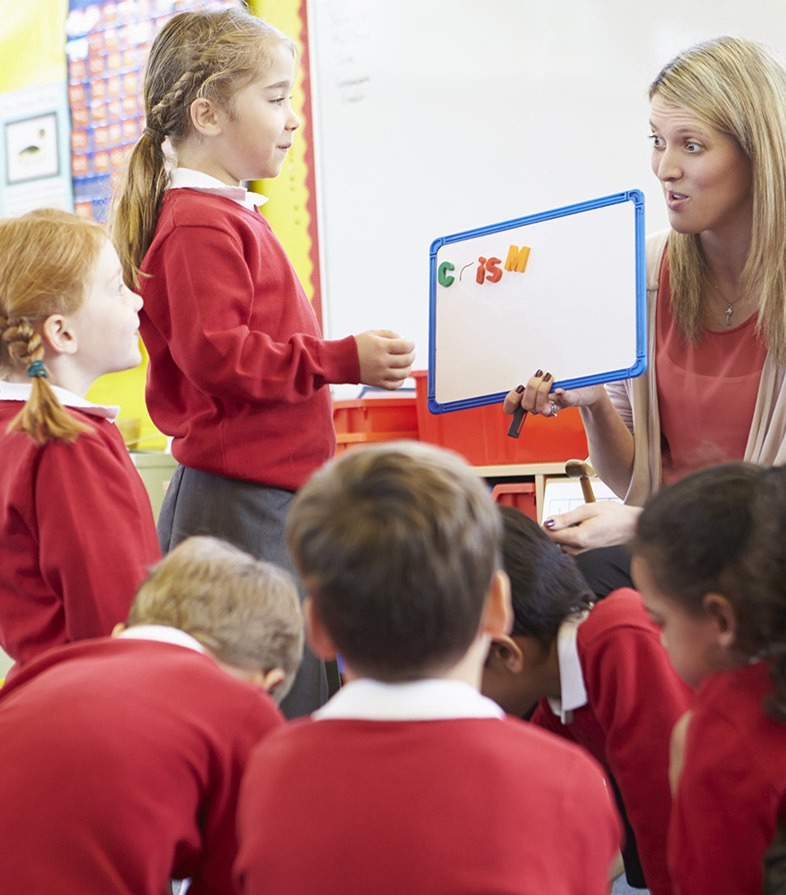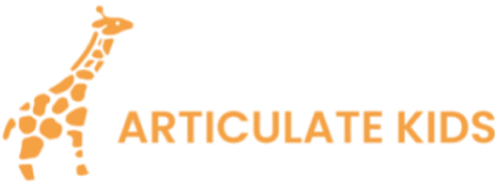Language Development
Communication involves both speech and language
Speech is the verbal means of communication, and language is using shared rules to put words together to express thoughts and feelings.
Since parents are a child’s first teacher, knowledge of language development in children improves a parent’s ability to interact with their child to stimulate and guide them to understand and communicate with their environment.
There are four main components of language:
- Phonology involves the rules about the structure and sequence of speech sounds.
- Semantics consists of vocabulary and how concepts are expressed through words.
- Grammar involves two parts. The first, syntax, is the rules in which words are arranged into sentences. The second, morphology, is the use of grammatical markers (indicating tense, active or passive voice, etc.).
- Pragmatics involves the rules for appropriate and effective communication. Pragmatics involves three skills: using language for greeting, demanding, etc. changing language for talking differently depending on who it is you’re talking to following rules such as turn-taking and staying on topic.

Early Language Skills
Babies need to learn how language sounds before being able to learn how to speak. Although individual children develop at their own rate, there are some general patterns:
Baby
- From 1 to 3 months of age, babies cry and coo.
- At 4 to 6 months of age, babies sigh, grunt, gurgle, squeal, laugh and make different crying sounds.
- Between 6 and 9 months, babies babble in syllables and start imitating tones and speech sounds.
- By 12 months, a baby’s first words usually appear, and by 18 months to 2 years children use around 50 words and will start putting two words together into short sentences.
From birth to 12 months, a baby’s brain goes through huge developmental changes, this is a great opportunity to help ‘prime’ it for language development. Parents can help shape their baby’s early responses to language in to meaningful exchanges. This early interaction between parent and baby helps develop eye-contact, attention and listening, turn-taking and social interaction; key pre-linguistic skills. In other words, these early skills are essential building blocks for language development.
Pre-school years
- From 2-3 years, sentences extend to 4 and 5 words. Children can recognise and identify almost all common objects and pictures, as well as use pronouns (I, me, he, she) and some plurals. Strangers can understand most words.
- Names common objects in books.
- From 3-4 years, indulges in extensive make-believe play with spoken narrative, in other words, will ‘say and play out’ his thoughts.
- Readily follows simple spoken commands.
- Uses a lot of repetition of words, phrases and sounds.
- Enjoys listening to simple stories.
- From 3-5 years, conversations become longer, and more abstract and complex.
- Demonstrates the beginnings of phonological awareness.
- By the time a child turns 5, they usually have a 2,500 word vocabulary and talk in complete, grammatically correct sentences. They ask a lot of ‘why?’, ‘what?’ and ‘who?’ questions.
- Can answer how, who, and when questions.
School age years
6-7 years
- Should have mastered the consonants s-z, r, voiceless th, ch, wh, and the soft g, as in George
- Should handle opposite analogies easily: girl-boy, man-woman, flies-swims, blunt-sharp, short-long, sweet-sour, etc.
- Understands such terms as: alike, different, beginning, end, etc.
- Should be able to tell time to quarter hour
- Should be able to do simple reading and to write or print many words.
7-8 years
- Begins to use reference books
- Enjoys reading aloud
- Enjoys mysteries, adventure stories, and biographies
- Adjusts language and vocabulary to fit an audience, topic, or purpose
- Develops vocabulary from textbooks and personal reading
- Gives precise directions and instructions for more complex activities and tasks
- Tells and retells stories in a formal storytelling format using descriptive language, story elements, and voice to create interest and mood
- Demonstrates effective listening skills by exhibiting appropriate body language
- Uses a variety of simple and compound sentences of varied lengths.*
*List is non exhaustive
How can the Speech and Language Therapists, at Articulate, help my child?
- Proven expertise. We have worked with children for over twenty years and have the expertise to ensure accurate and effective understanding and treatment of your child’s communication difficulty.
- Proven Assessment. Our exceptional ability to evaluate your child’s communication and related difficulties affecting their development, for example, hearing, processing of speech sounds, facial muscular development, praxis of speech motor movements, attention difficulties, play skills, language, literacy, memory, social interaction, behaviour and more enables us to plan and treat your child’s communication, with outstanding results.
- Passionate Professionals – proven results. We really care about each child’s communication and want to help them achieve the very best results in the least number of sessions. Our expertise, energy and passion combined with current evidence-based practice achieve measurable results which often exceed client expectations.
- Best Healthcare Providers. Twenty years of working in the Healthcare Sector – we our part of a professional network of exceptional children’s specialists, doctors and therapists who can provide additional assessment or treatment that your child may need. Hulya Mehmet is one of a select group of Speech and Language Therapists who is a BUPA Registered Provider. BUPA have an an extremely stringent criteria and are considered the ‘gold-standard’ in Healthcare.
- Family and child-centred. We understand that your child is at the centre of your Universe. Every assessment and therapy session is bespoke and tailored for the needs of your child’s specific communication needs.
We’re on Your Team. We provide an incredible amount of off-site support for parents, we are never more than a text message away from providing help.
